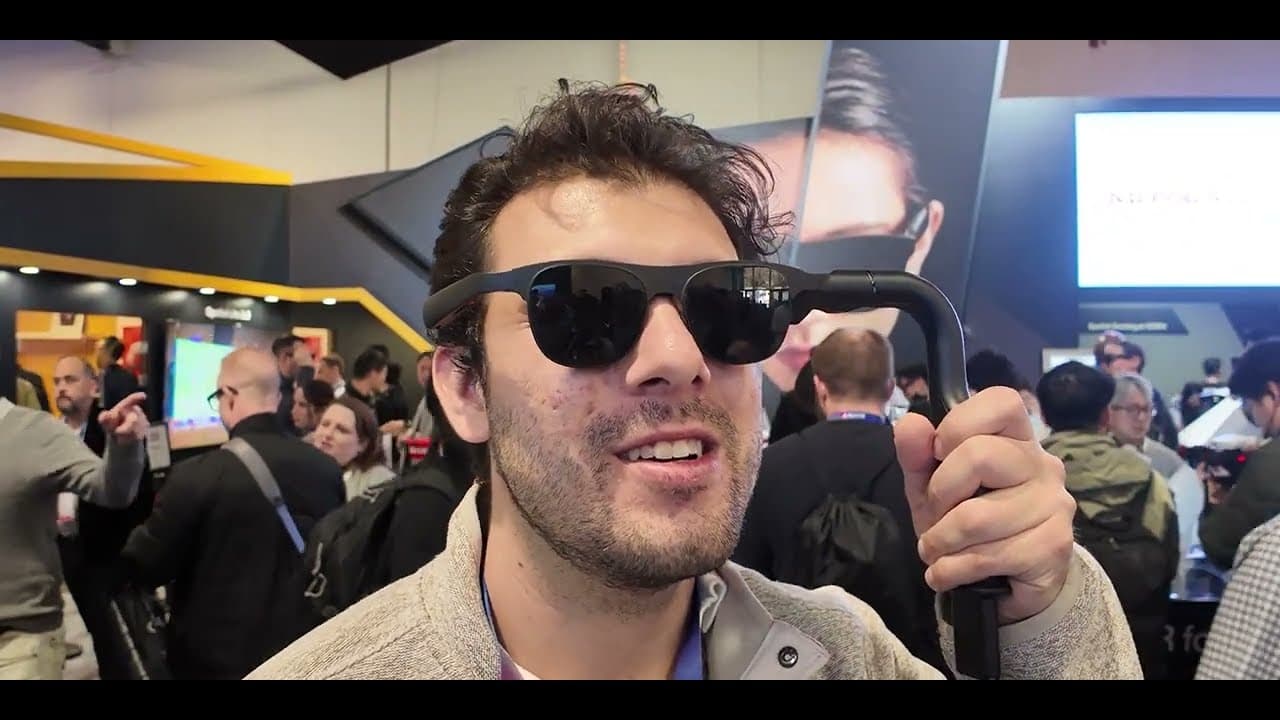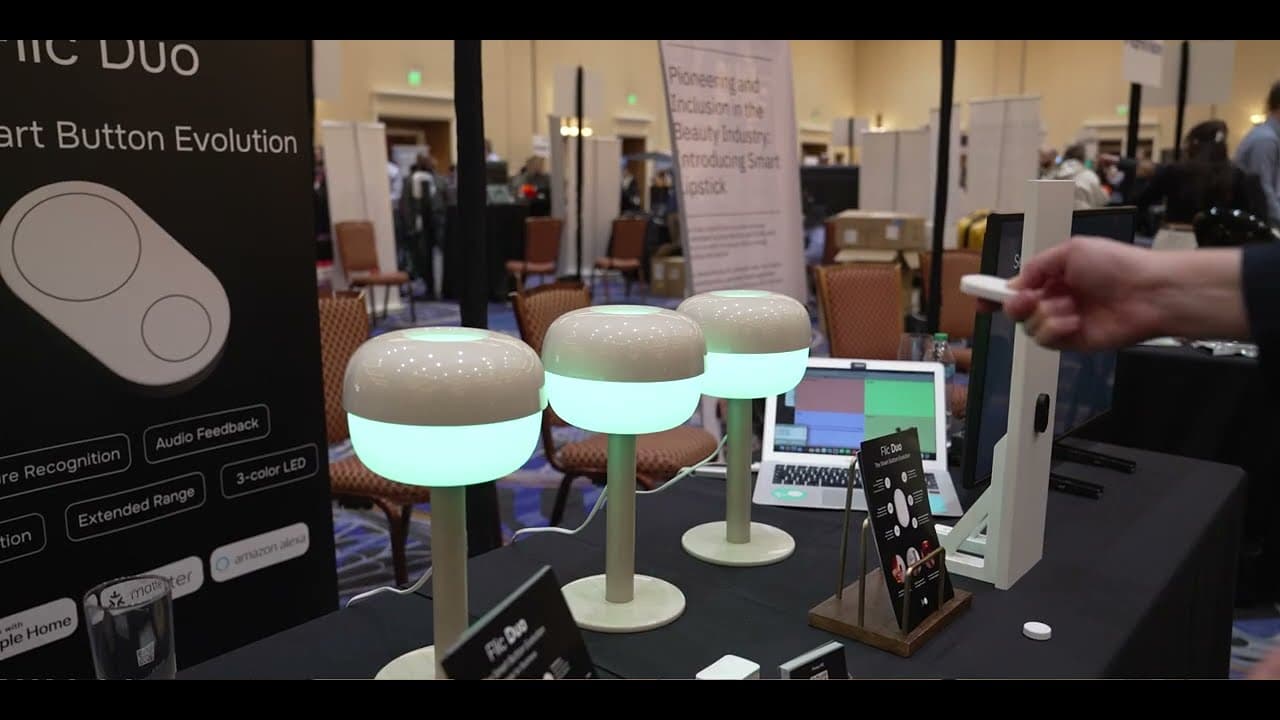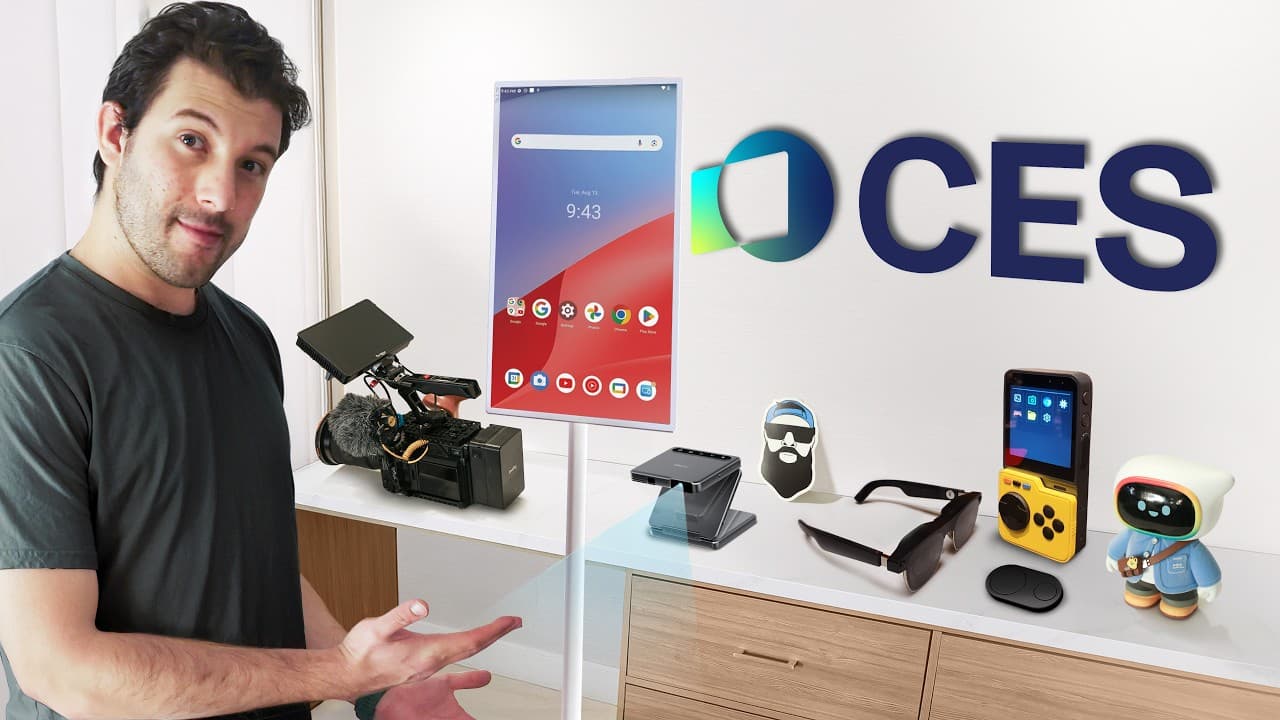Discovering CES 2025's Tech Wonders
I never expected a tech trade show to reveal gadgets that could reshape daily life, but at CES 2025, I uncovered innovations that blended cutting-edge features with surprising affordability, leaving me eager to share the highlights.
TL;DR
I explored CES 2025 and first spotted a massive Android tablet that felt like a giant smartphone, complete with wireless capabilities and a budget price.
Next, I delved into modular devices like a palm-sized Linux computer, sparking curiosity about customizable tech that adapts to real needs.
Then, AR glasses and smart accessories impressed me with seamless integration, hinting at a future where everyday tools enhance experiences without hassle.
Finally, AI-driven gadgets from kitchen appliances to gaming controllers stole the show, revealing surprises in efficiency and fun that I couldn't wait to try.
As I wandered the bustling floors of CES 2025, one of the world's largest tech events, I immediately stumbled upon the Meg Pad from Key to Combat. This enormous Android tablet featured a 32-inch 4K touchscreen and ran stock Android 13, powered by a 9500 mAh battery that made it completely wireless, essentially turning it into a giant smartphone. At just $800, it undercut many flagship devices, which made me wonder how such advanced tech could be so accessible.

Right after, I discovered the Mecha Comment, a mini computer that fits in your palm and runs Linux, allowing me to run apps, play games, and swap modules like keyboards or gamepads. Since it's open source, users can create custom extensions, which added an exciting layer of personalization, though it's still a prototype. This modular design got me thinking about the endless possibilities for adaptable tech in everyday use.
Moving on, I was captivated by the Zip and trifold projector from Arzen, a genius portable device that folds like a flip phone for easy storage. It mirrors your smartphone screen directly without needing an internet connection, and for other devices, a wireless HDMI dongle ensures cable-free setup while supporting 4K resolution and adjustable viewing angles. The chart I saw demonstrated its flexibility, showing how it could extend to various positions for optimal projection, making it ideal for on-the-go presentations or movies.
AR glasses were everywhere, but XRE's latest lineup, including the XRE 1 and 1 Pro, stood out with their independent X1 processor, eliminating the need for a phone to handle processing. They reduced latency for smoother experiences and allowed easy adjustments like interpupillary distance directly on the glasses, effectively turning them into personal 171-inch screens with a 120 Hz refresh rate. This meant less motion blur and flicker, which I found transformative for immersive activities.

Smartphone accessories from ESR caught my eye next, starting with the Mag Mouse, the first wireless mouse that magnetically attaches to surfaces like laptops for constant accessibility. It features silent buttons, Bluetooth connectivity, and fast charging, perfect for travel. Then there was the C Boost second-gen charger, a 3-in-1 MagSafe device with a cooling system to prevent overheating, allowing simultaneous charging of phones, smartwatches, and earbuds.
Shard's Geek 300 battery pack impressed with its 300W output and 24,000 mAh capacity, displayed via an LED screen for real-time info, while Razer's Project Ariel gaming chair offered built-in cooling and heating systems with RGB lights and touch controls. The Flick Duo smart button provided gesture-based control for home devices, like adjusting lights with a twist, though its $50 price gave me pause. These practical gadgets made me appreciate how tech is simplifying routines.
Gaming desks like the Black Light model upgraded my setup ideas with RGB corner lighting and a solid cable management tray, far surpassing my Secret Lab Magnus Pro. Home appliances from Trio, such as the Polyfan 717s that follows users with smart temperature adjustments, and their AI-powered tower fan that switches between heating and cooling, added comfort to living spaces. In the kitchen, Dro's Chef Maker Lite air fryer used AI to replicate recipes accurately, complete with precision probes, and their Barista Maker produced professional latte art.

Samsung's Galaxy Book 5 series focused on AI, with features like AI Select for circling items on-screen to search the web, similar to Google's tools, and Photo Remaster for enhancing images. The Vision Booster adjusted display contrast for better visibility in sunlight, and the 360 model flipped into tablet mode, making it versatile for daily tasks. For families, the Think Pal tablet used a downward-facing camera to scan homework, checking math problems or defining words interactively, which felt more engaging than apps like Google Lens.
Gab offered budget-friendly phones for kids, locking down features to exclude browsers and unsafe apps, with parental controls via an admin panel. Finally, the Ascend by Ximi, a foldable 4K projector with a 100-inch screen that retracts into a box, displayed time, music lyrics, or a fireplace scene, all for under $2,700. My absolute favorite was the Mcom gaming controller by OAP, which magnetically attaches to a phone and slides out a gamepad, offering comfortable grips for seamless mobile gaming.
This CES adventure wrapped up with a mix of prototypes and ready-to-buy items, each pushing the boundaries of innovation in surprising ways.
Reflecting on CES 2025, these gadgets highlighted how technology is evolving to integrate seamlessly into our lives, from enhancing productivity to adding fun, and I'm excited to see which ones become staples in the coming year. The event's discoveries not only sparked my curiosity about future trends but also underscored the potential for affordable, user-focused designs that could transform everyday experiences.
Key Takeaways
The Meg Pad and Mecha Comment showcased affordable, versatile devices that expand mobile and computing capabilities.
AR glasses from XRE and projectors like the Zip and offered immersive, cable-free experiences for entertainment and work.
Smart accessories from ESR and home gadgets from Trio emphasized practicality, with features like magnetic attachments and AI adjustments.
AI integration in Samsung's lineup and Dro's kitchen tools made routine tasks more efficient and interactive.
Child-focused tech like the Think Pal and Gab phones prioritized safety, while gaming innovations like the Mcom added excitement to mobile play.

